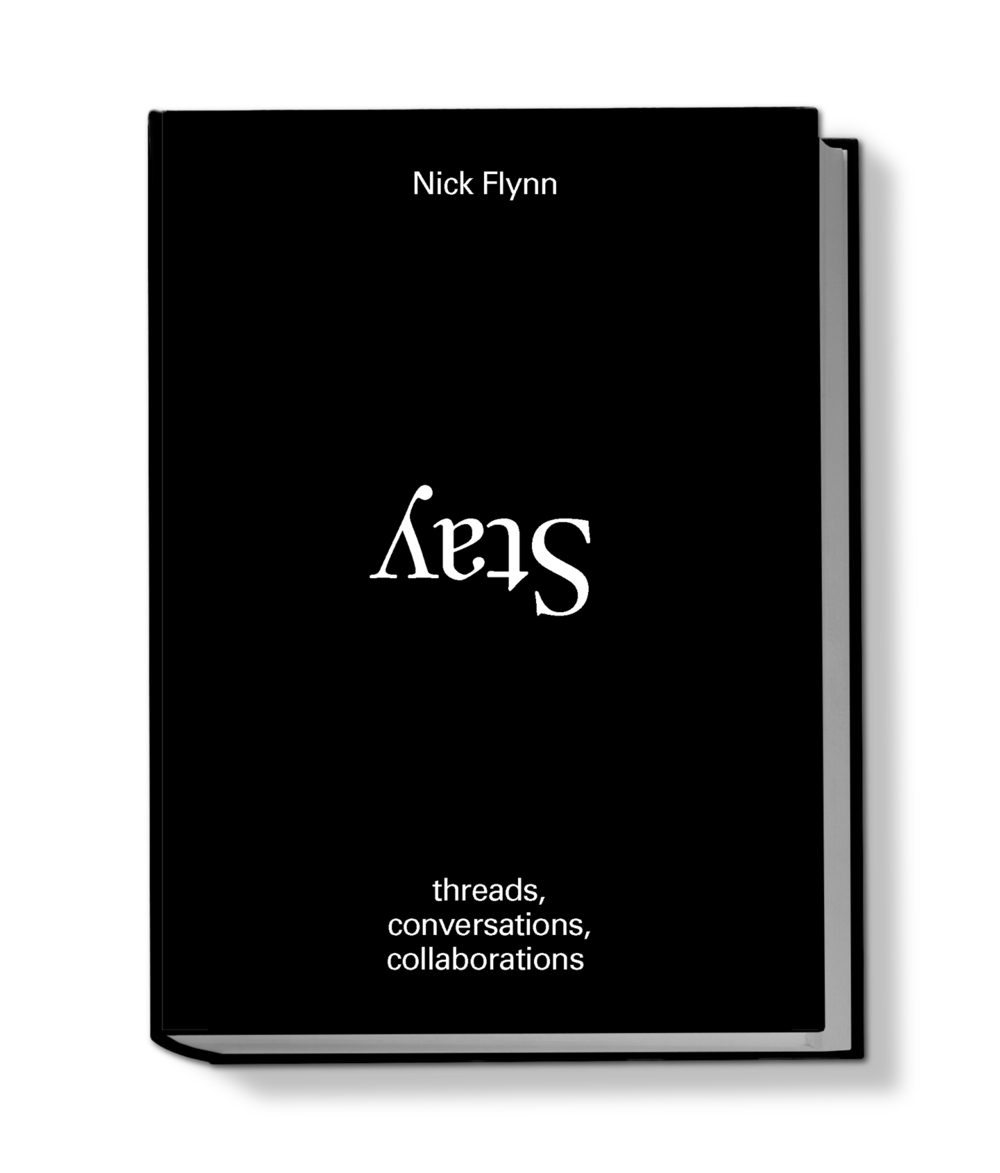THE KISSING OF KISSING BY HANNAH EMERSON
Read this book.
I’ve been obsessed with The Kissing of Kissing since I received an advanced copy early this winter. It took me three months to finish reading because I wanted to gnaw on each line. Mark Strand’s “Eating Poetry” comes to mind.
In the time you spend reading this review, you could order The Kissing of Kissing. Do that now, then please come back. You deserve a preview.
The Kissing of Kissing is the most original collection of poetry I’ve read in years. Emerson uses sparse language, repetition, and the imperative mood to create a rhythm that runs through the book like a heartbeat. She makes forms and breaks forms and in doing so lets loose the sounds of the universe.
I am biased. Emerson touches on many of my favorite subjects: water, soil, plants, fish, kissing, worms, poetry. Nestled in the middle of “Giveness,” she posits her theory on the work of the poet:
…The poets
here to keep telling the truth
of the keeping the life going
to survive. Poets give grounding
in helpful knowing the voice
of the universe. Please listen
In “A Blue Sound,” she enacts her theory:
Blue fish is swimming
jumping great keeping
the world from tilting
… I am
blue too. I help the fish
live in the keeping
of the sound.
Emerson’s poetry works simultaneously on the individual and cosmic scales. The rule of all for one and one for all is a constant theme and delight in her poems. Her ability to transmit the full-body experience of joy is rivaled only by Whitman.
Please, please read this book. Your mind and your poetry and your life will be better for it.
—Review by Ali Hintz









